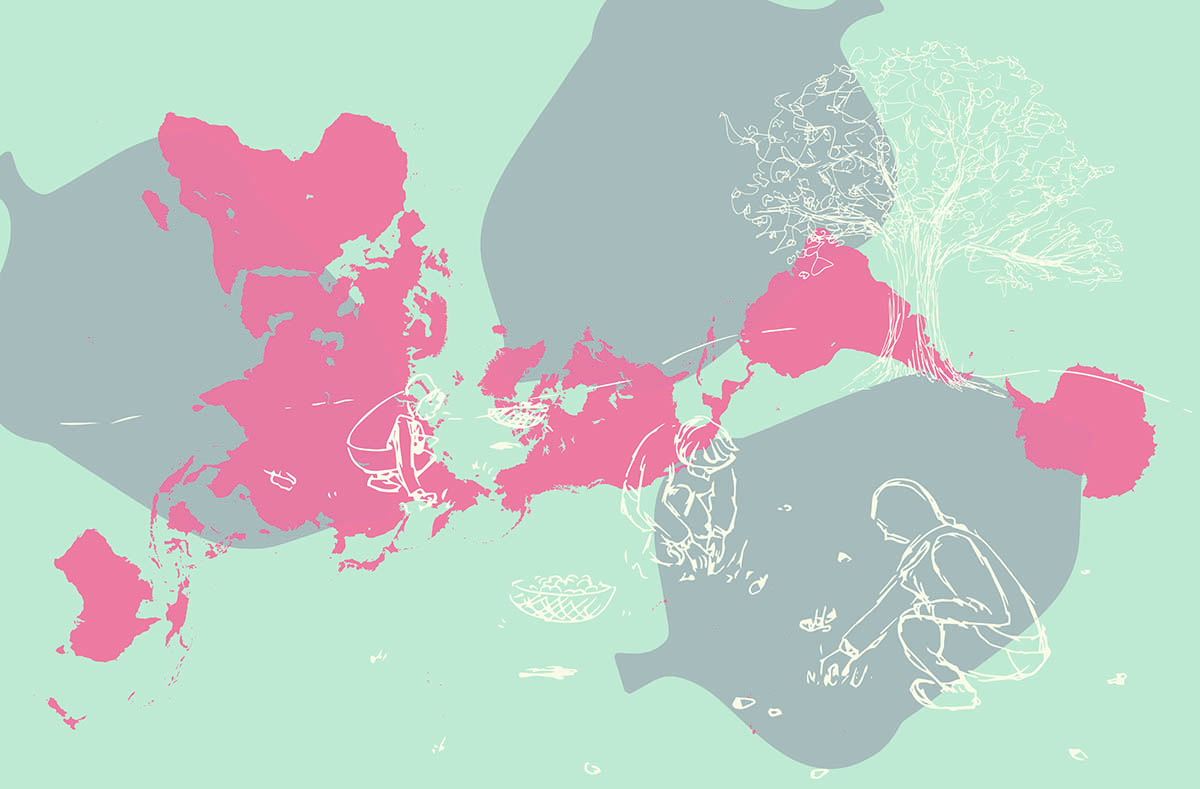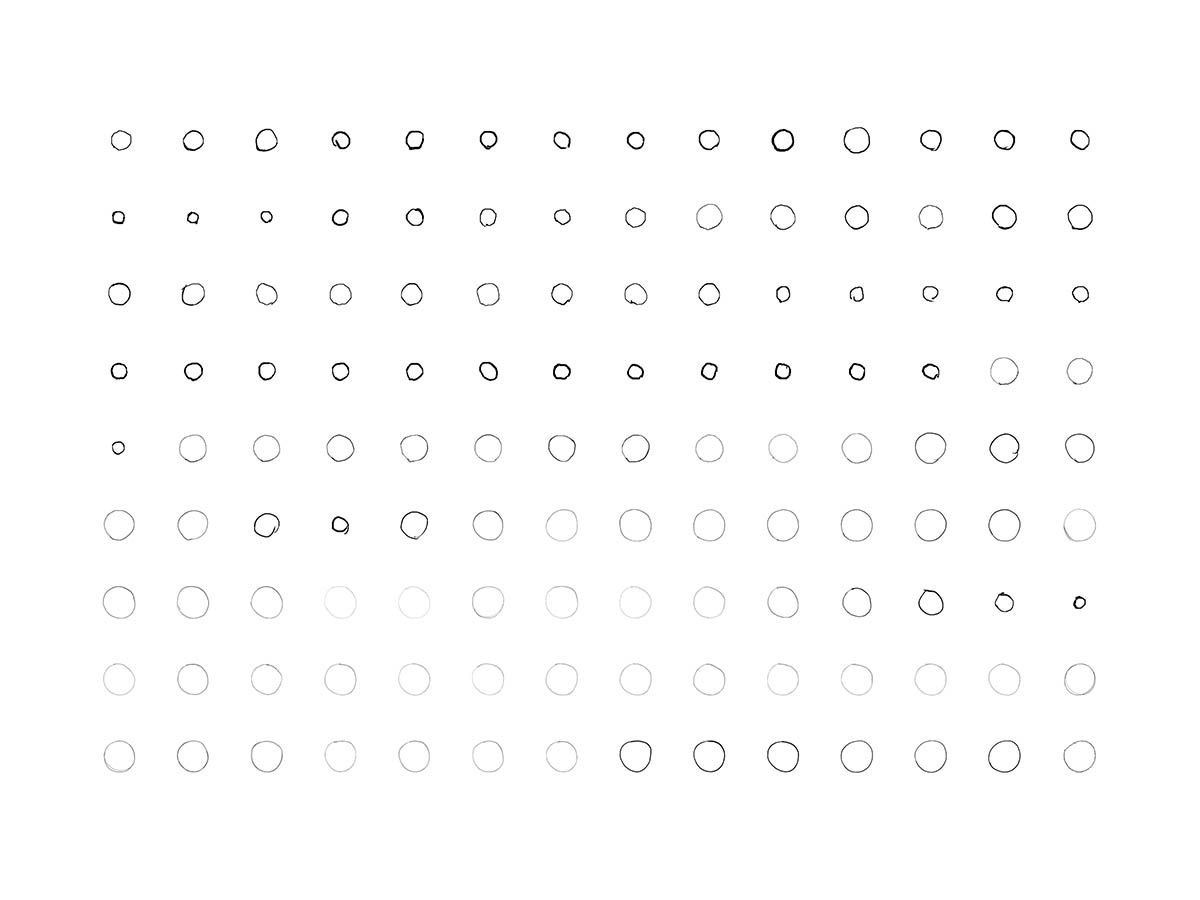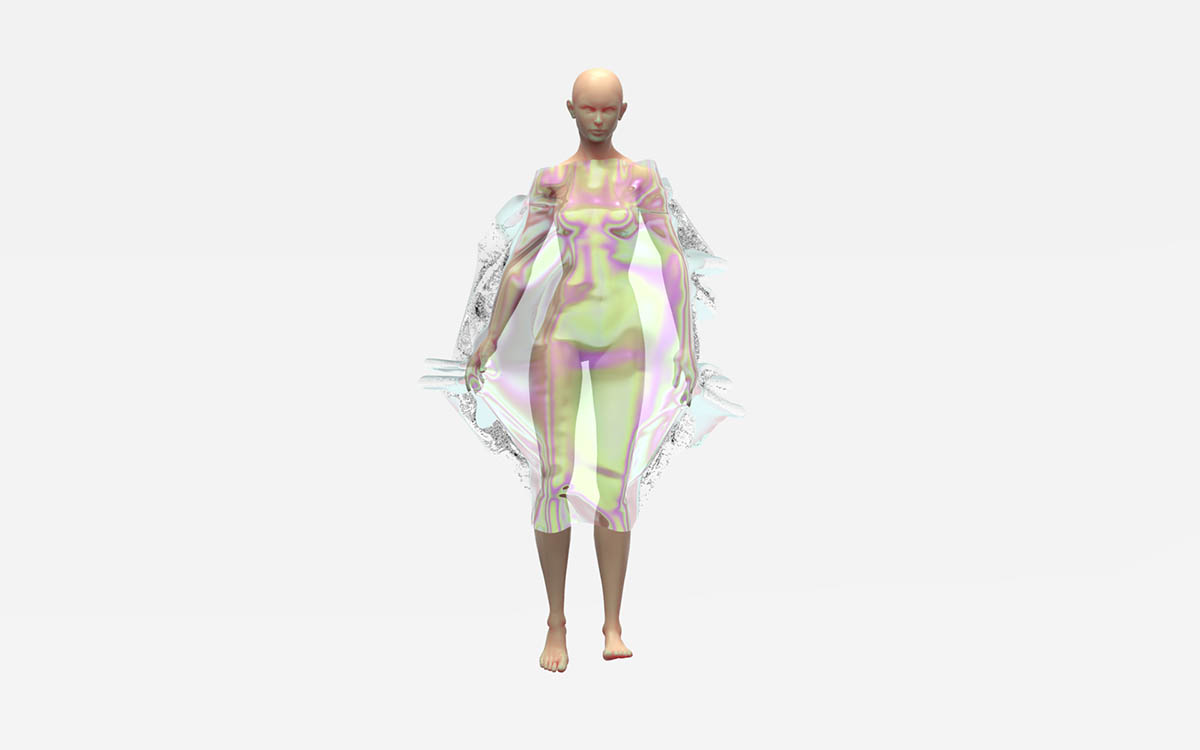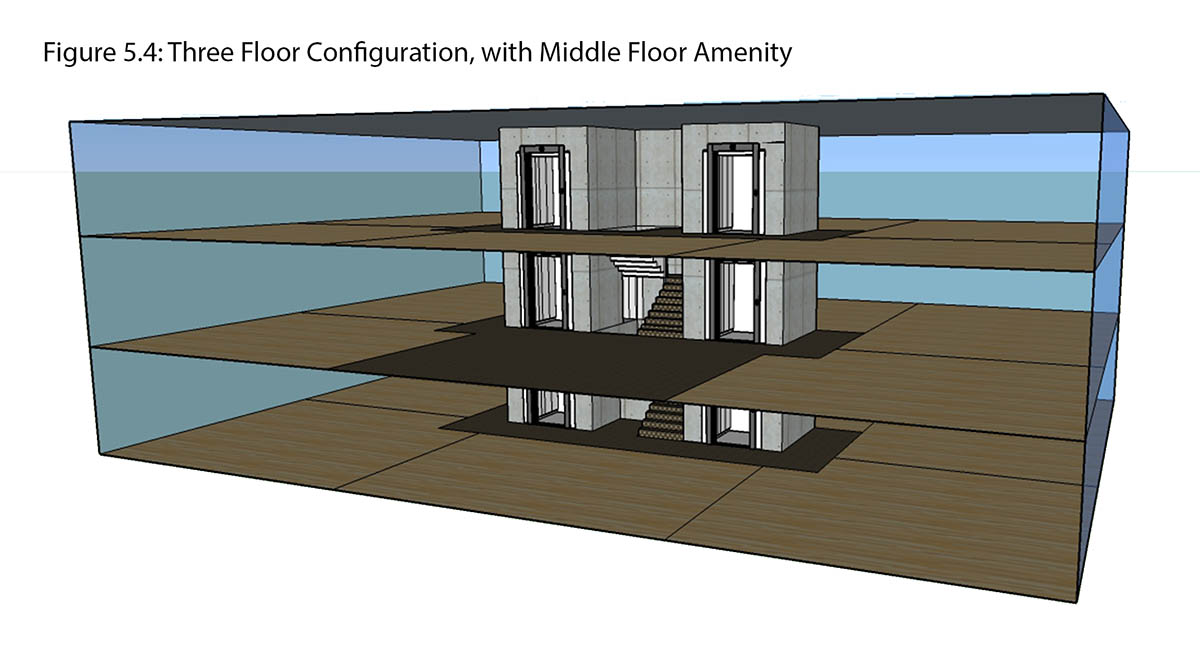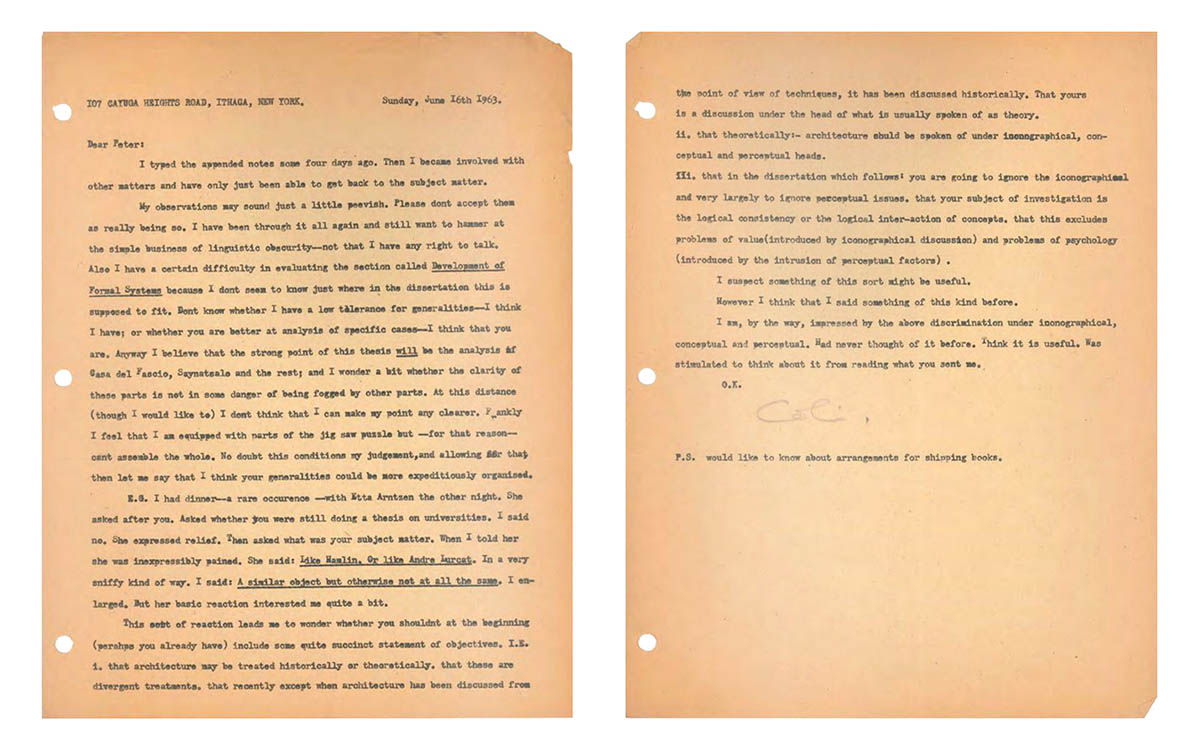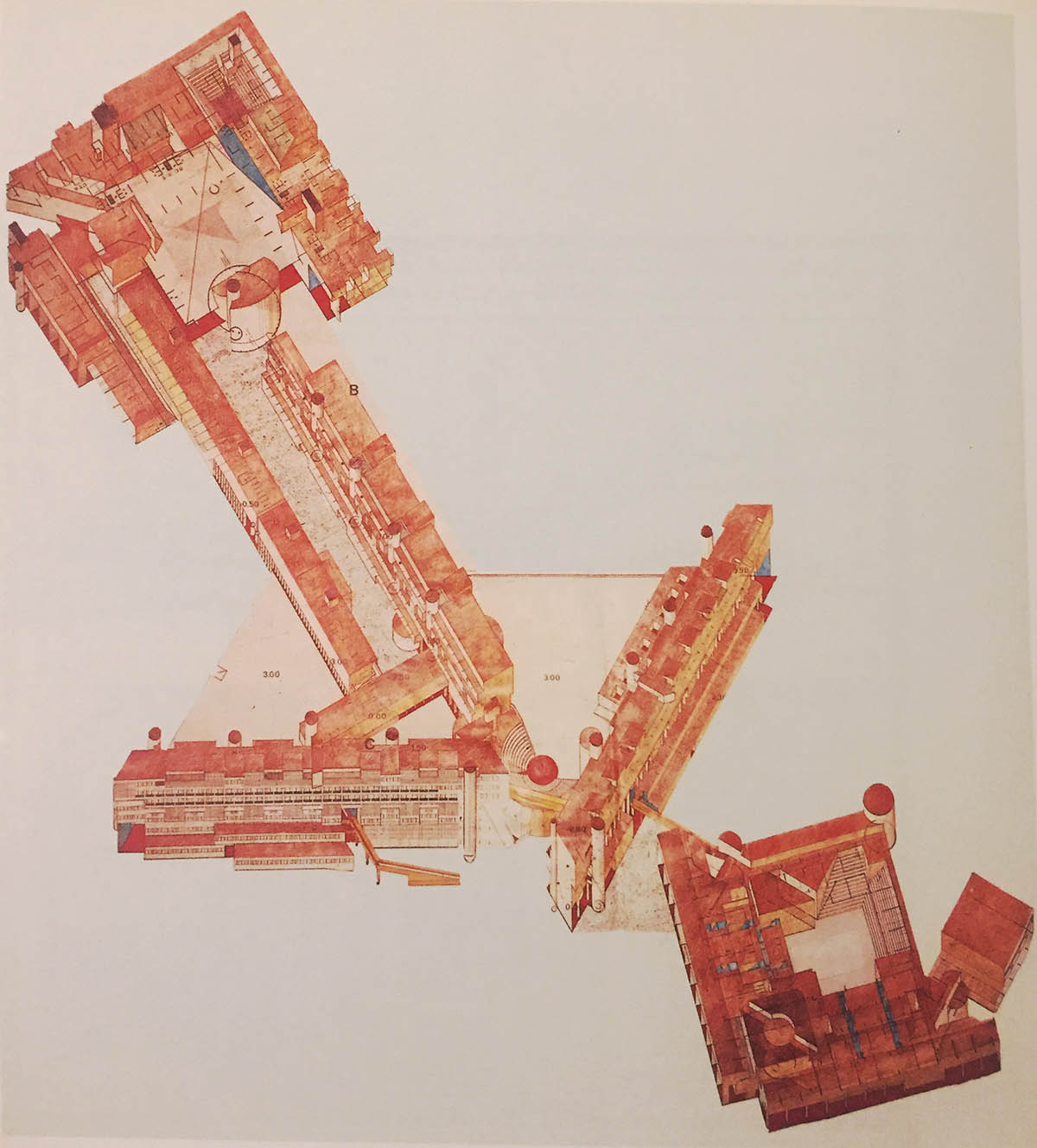Zea Mays / Corn as Civilization, Commodity, Consumerism and Control
Alberto de Salvatierra (MDes ’17)
Maize (zea mays)—commonly known as corn—often evokes nostalgic visions of pastoral landscapes. It is a de facto symbol for farms and harvests, and it is widely appreciated as a quintessentially American staple. However, corn’s historical genealogy is much more insidious and furtively subversive than most people recognize. While corn might have had its genesis as a versatile crop, the last few centuries reveal a more influential agent. It was a powerful civilization maker—both contributing to Maya and Aztec ascendancy in Mesoamerica and the English colonies in America. It was a commodity that facilitated the slave trade and the engine behind modern consumerism. And today, corn is the primary vehicle by which a vast agrochemical-industrial complex dominates American life. Therefore, this project seeks to reframe corn and highlight its true role in contemporary society.
Unfolding the Western District Public Cargo Working Area in Hong Kong
Benni Yu-ling Pong (MDes ’17)
The Western District Public Cargo Working Area (WDPCWA) in Hong Kong is never planned and designed as a formal open space. Nonetheless, it is appropriated by the people as a public space. The Outstanding Public Space Awards 2013 in Hong Kong has triumphed the place with its degree of freedom and flexibility. Despite accessing the area for purposes other than logistic functions are technically unauthorized, the space, with its spectacular waterfront view, has received breadth of media coverage and attracts even regular crowds of people.
The institutional maps have portrayed the area as a plain and empty surface without representing the diverse human activities and interactions intertwined with political, economic, social and environmental nexuses that the space characterizes. Urban space terminologies, such as ‘terrain vague’, ‘insurgent space’, ‘loose space’ and ‘everyday urbanism’, have partially but not amply elucidate the essence of the space which is not uncommon in major cities. The space represents a different aesthetic appreciation, perception towards space and understanding of urbanism. This thesis aims to conceptualize and unravel the veiled folds embedded in the space, nuances which are often overlooked in design practice, through ethnographic methodology and visual representation. In response to the highly quantitative approaches commonly deployed, this project explores a more humanistic and meticulous approach to appreciate urban space.
Fans: Constructed Invisibles
Catty Dan Zhang (MDes ’17)
Gabriele d’ Annunzio described the “richest events occur in us long before the soul perceives them“, and “when we begin to open our eyes to the visible, we have long since committed ourselves to the invisible“. While unmediated human eye perceives the built environment from the visible forms, this thesis intends to build towards a volumetric perception of the environment with the awareness of the “void” in between. It experiments ways of perceptually measuring the interaction between human behavior and imperceivable air movements; and explores in depth the methods, techniques, materiality of designing with this invisible medium. Through tracking precedents in creating forms with airflow from principles of natural physics, this project seeks precision in articulating the invisible forms and patterns interactively following the geometric language. Points, lines, curves, surfaces and volumes are generated through heat and motion as agent.
“Fans” contains a series of experimental devices with various strategies of utilizing thermal and aerodynamics. Operations on the duration, interval, and electric current in controlling the thermal components, as well as on the speed, direction, and sequencing to manipulate the movements, allow invisible forms of the airflow being created, sensed, and choreographed. This project presents the integration of multiple systems, fabrication processes, optical experiments and computational analysis and design, bearing questions at large on environmental aesthetics, with the potential of the invisible materials informing the design of the “visible”.
The Future is Nutty: Balanoculture for the World
Jane Zhang (MDes ’17)
It takes an Oak tree on average 30 years to begin bearing palatable fruit. Thus by planting an acorn today, one would help enable a renaissance in balanoculture (the cultivation of oaks for sustenance) by 2047. Environmental science tells us that oak trees are useful for sequestering carbon; cultural history shows us 11,000 years of lifeways that civilizations across temperate regions have built around acorns and Oak trees. In 2047, the wisdom of indigenous peoples and elders will form the basis for tacit knowledge around the world, and communities will be seamlessly connected both physically and virtually. Now that the vast majority of humans can afford and access nutritious food for subsistence, eating becomes a question of social experience and a hence a major domain of design. What might our Earth look, feel, and taste like in 30 years? This project, narrated in the form of a children’s story, reimagines our common future through food, extending past culinary traditions and today’s technological allowances.
Suggestive Drawing Along Human and Artificial Intelligences
Nono Martínez Alonso (MDes ’17)
We use sketching as a medium to represent the world. Design software has enabled drawing features not available on physical mediums. Layers, copy-paste, or the undo function, for instance, make otherwise tedious and repetitive drawing tasks trivial. Digital devices map actions into accurate drawings but are unable to participate in how we represent the world as they don’t have a way to perceive it.
In recent years, the field of artificial intelligence has experienced a boom—mainly due to the availability of faster, cheaper, and more powerful parallel processing power and the rapidly growing flood of data of every kind. By processing thousands of pictures, a computer is able to learn about certain aspects of the world and make decisions in a way that resembles the human way of thinking. This presents an opportunity to teach machines how to draw—by observing images and sketches of real objects—so they can be participants in the drawing process and not just mere transcribers.
I propose an environment for suggestive drawing—to draw and suggest edits to transform, continue, analyze, or even rationalize a drawing—through spatial and temporal delegation of responsibility along human and computational intelligences, in which characterized, intelligent, learning machines with non-deterministic and semi-autonomous behaviors provide meaningful drawing suggestions. Taking the idea of the digital tool one step further, in an attempt to escape the point-and-click paradigm of deterministic machines toward fuzzier commands, and augmenting a familiar medium—pencil and paper—with an interface to artificial intelligences.
I believe this approach will enable a new branch of creative mediation with machines that can develop their own aesthetics and gather knowledge from previously seen images and representations of the world.
Sketcher bot uses pix2pix trained on hand-sketches of trees and urban scenes. The tree training set consists of sixty four hand-drawn trees by an artist who collaborated in the project—Lourdes Alonso Carrión
. The urban scene training set consists on urban sketches done by multiple sketchers, including myself. As you can see in the video, we obtain hand-drawn detail of a tree by sketching its outline. In the case of the urban scenes, the bot tries to watercolor them.
Fashioned Forms
Amir Karimpour (MDes ’17)
Design requires an expression of form (a particular condition, character or mode in which something appears). This expression, minimal or excessive is calibrated to optimize the design intent.
This is the inherent power of design—the manipulation of form to express a wide range of values from aesthetic, functional, or even cultural.
As systems of design become more integrated and complex across all fields, how designers begin to create, curate and perceive form is critical to investigating the evolving role of design.
In looking at one basic geometric building block, the surface plane, it’s various states can be manipulated and its formal qualities can be assessed. The human body, dynamic and malleable, provides an optimal site for exploring how this surface plane conforms, mutates and moves along the bodies complex connections to create a taxonomy of form. Moreover, how these forms can be codified and perceived by digital tools can provide a feedback loop and create new design possibilities for fashion and the body. Consequently, fashion becomes a tool to investigate the future of form, movement, and perception.
Underutilized Strategies in the American Multifamily Sector: How Community, Branding, and Amenities Could Reshape the Residential Apartment Market
Kevin Michael Sievers (MDes ’17)
This research investigates three current industry trends in the multifamily sector:
- Creating a Sense of Community
- Expanding Amenity Space Provisions
- Branded Apartment Buildings
A detailed investigation into published literature on these subjects uncovers macro socioeconomic, generational, and urban environmental trends in the US that may be contributing to a growing consumer affinity for community. Key techniques are summarized from published works on the design of apartment building common areas, then applied to conceptual arrangements of amenity spaces, and tested for their impact on resident utilization.
Both qualitative and quantitative data are gathered primarily through direct survey distribution to residents of amenitized apartment communities in the United States, with a focus on major metropolitan locations on the East and West Coasts; 131 responses were collected. The financial merits of launching a branded, shared-living apartment community are examined and compared with investment returns of more conventional apartment models.
Overall findings suggest that residents desire a stronger sense of community, aren’t finding that sense of community where they live, and are willing to pay an 8.47% premium for the privilege. Generational, sex, income, and geographical deviations are explored throughout. Spatial arrangements and programming techniques are presented that increase the utilization of amenity spaces, stimulating socialization among residents. This research further suggests specific launch locations, amenity space ratios, and building typologies, informed by survey respondents, for its potential implementation. The paper concludes by identifying areas for future investigation.
Energizing Retrofits in an Inefficient Market: A Scalable Model for Small Commercial Buildings
Greg Hopkins (MDes ’17)
Buildings consume more energy than any other sector in the economy and account for nearly half of all carbon emissions. But much of that energy is wasted by inefficient systems and operations and can be saved using existing technologies that pay for themselves in short order. While energy efficiency measures (and green building certifications that require them) have been increasingly prioritized by institutional owners of large commercial buildings, adoption in small commercial buildings remains extremely low. Comprising 43 billion square feet and half of all commercial energy use, small buildings offer an enormous environmental and financial opportunity.
This research investigates the market barriers that have historically limited the adoption of energy efficiency in small commercial buildings, including capital constraints, fragmentation, and misaligned incentives. Also explored are various methods through which energy efficiency has been effectively implemented in other building typologies. By understanding and applying successful models in other industries as well as capitalizing on recent trends, the project proposes a business concept that combines design and engineering with finance and technology to systematically overcome the supply- and demand-side barriers to both investment and implementation in this sector. It envisions a dual-function platform designed to streamline and finance energy upgrades in small commercial buildings by connecting eligible projects with (i) crowd-sourced investment capital and (ii) turnkey implementation in a way that benefits all stakeholders and accelerates adoption at scale.
Peter Eisenman’s The Formal Basis of Modern Architecture: A Preface
Xuan Luo (MDes ’17)
This thesis is a retrospective reading of Peter Eisenman’s 1963 doctoral dissertation, The Formal Basis of Modern Architecture in the form of a preface. Prae-fatio, or “a saying before-hand”, as Gayatri Spivak confesses in her own preface to Jacques Derrida’s Of Grammatology, “harbors a lie” in its pretense of having been written before a text that must already exist. Also drawing on Derrida, Barbara Johnson reflects on the preface in her introduction to Dissemination by saying, “Situated both inside and outside, both before and after the ‘book’ whose ‘book-ness’ it both promotes and transgresses, the preface has always inscribed itself in a strange warp of both time and space.”
In this light, Peter Eisenman’s belatedly published dissertation (2006) can be also interpreted as a preface at multiple levels. By the early sixties, the general cultural condition in the West manifested an alienation from the crumbling modern vision of the utopian society and a sense of rupture of historical continuity. Eisenman’s dissertation arose as one of the earliest responses toward this fundamental transformation. His intellectual exercise reflected an inward turning momentum in search of an immanent formal order, one that was estranged from the classical authority of the humanist subject. This thesis aims to parse Eisenman’s text in four separate sections: 1. Formal: the origin of geometry; 2. Basis: the origin myth; 3. Modern: the end of the Classical; 4. Architecture: autonomy, thus re-reading it as an active and open-ended theoretical text.
Theatre of the Dialogic Self: Carlo Aymonino’s Civic Architecture
Tairan An (MDes ’17)
The Roman architect Carlo Aymonino (1926-2010) is one of the most prominent protagonists of the Italian Neo-Rationalist Movement of the 1960s and 70s. This thesis takes as its subject three of Aymonino’s civic projects, which he quite self-consciously conceived of, then fashioned, as a continuum: first, the psychiatric hospital in Mirano (1967), which found expression in a neo-Enlightenment geometrical encasing of a pyramid within a square; second, the Monte Amiata residential complex of Gallaratese, Milan (1967-1972), which oriented low, rectangular building blocks towards an amphitheatre; and finally, the civic center in Pesaro (1976-1979), which in ghostly fashion reiterated Mirano only to overturn its programmatic premise. My aim here is to see how these three projects allow us to explore a set of fundamental issues in which the fragmentation and collage suggested by postmodern aesthetics collide with the programs expected of certain typologies: when Aymonino stitched these three projects together, he was suggesting architectural, philosophical, and theatrical links between the asylum, the residence, and the civic plaza. The purposeful combination he made, then, allows us to consider the interrelationship and opposition between an architecture for social outcasts, an architecture of home, and an architecture for the urban collective as well as the tension between the stoicism of pure form and an excessive symbolism that speaks simultaneously to memory, to the reality of the tectonic, and to the theatre of the city. Aymonino’s civic architecture, this thesis aims to show, dramatizes the architectural and urban dialogue—dialogue in the sense that Mikhail Bakhtin has theorized it—between the public institutions of the city (where social expectations are the most overwhelming) and the individual relation’s to others – other bodies, other social groups, other ideologies. What I see as a dialectic of architectural autonomy against its social responsibility unfolds as a dialogical drama in the hands of Aymonino.



